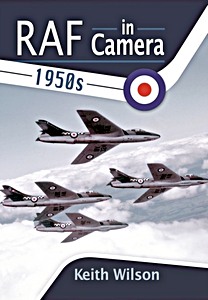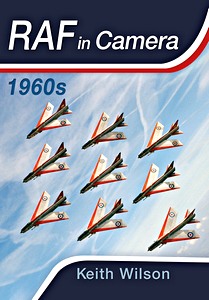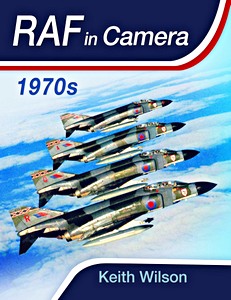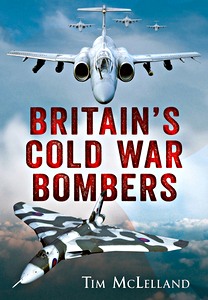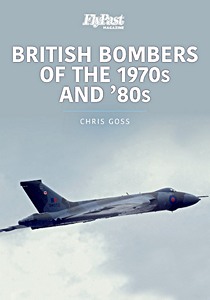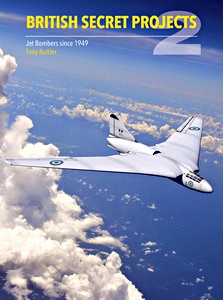Britain's Military Helicopters
From its beginnings as a curiosity with little operational use, Britain's armed forces soon embraced the helicopter with the Whirlwind for the Royal Navy and RAF and the Skeeter for the Army Air Corps.
Finding these helicopters limited, it was the advent of the turboshaft that revolutionised the helicopter, with the Belvedere, Wessex, Wasp and Scout bringing new capabilities.
The next generation, the Puma, Lynx, Sea King and Chinook, all designed for turboshaft power, made the helicopter an essential machine for all the armed forces and have proven their worth to Britain's forces since the 1970s.
In "Britain's Military Helicopters", Chris Gibson describes the evolution of the helicopter in British service, from their beginnings with the Sikorsky R-4B test flown by Fleet Air Arm pilots in the USA to the latest Wildcat and Apache Guardian.
Lavishly illustrated throughout, this book includes original photographs and images from archives, many of which are previously unpublished.
Caractéristiques
| Auteur : | Chris Gibson |
|---|---|
| Présentation : | 96 pages, 24.5 x 17 x 1.5 cm, broché |
| Illustration : | 140 photos en N&B et couleurs |
| Editeur : | Key Publishing Ltd (GB, 2022) |
| Série : | Modern Military Aircraft |
| ISBN : | 9781802820263 |
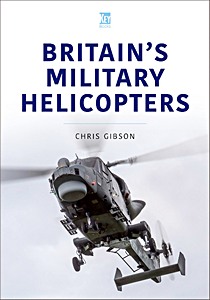
Britain's Military Helicopters
Langue : anglais
Disponible sur Amazon - paiement sécurisé et livraison rapide
Acheter sur Amazon FRAcheter sur Amazon BE
Acheter sur Amazon CA



